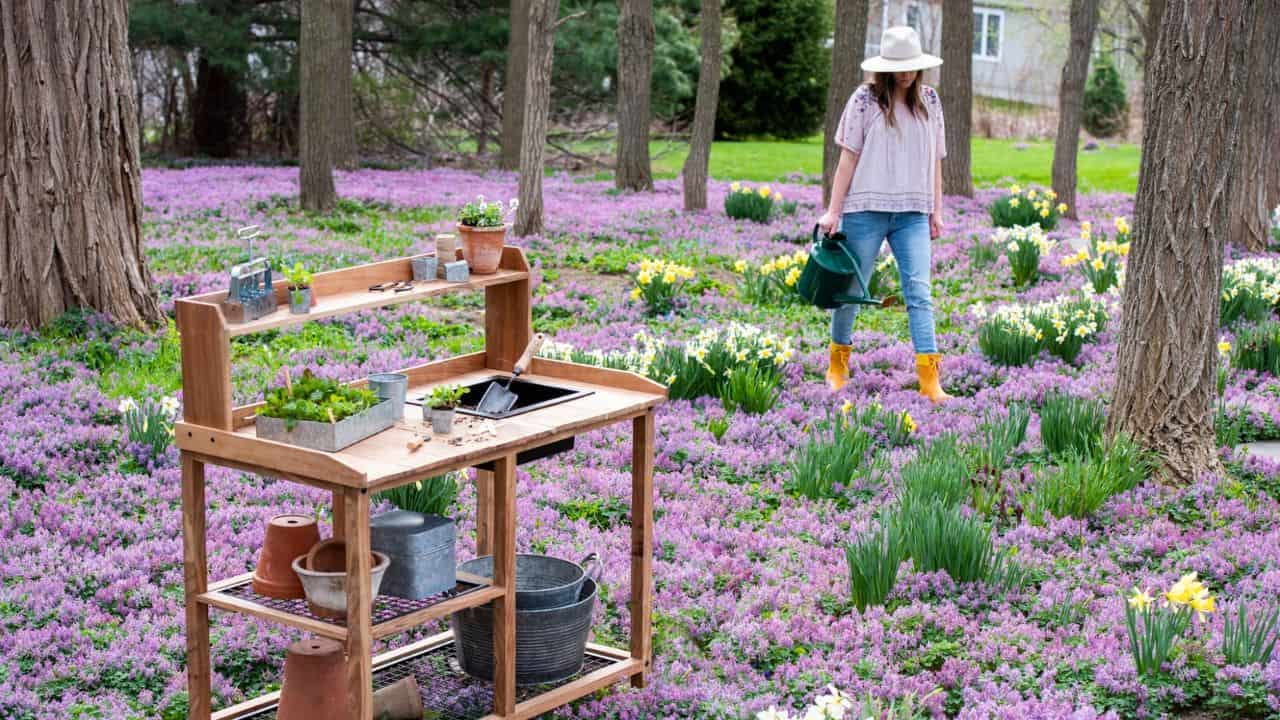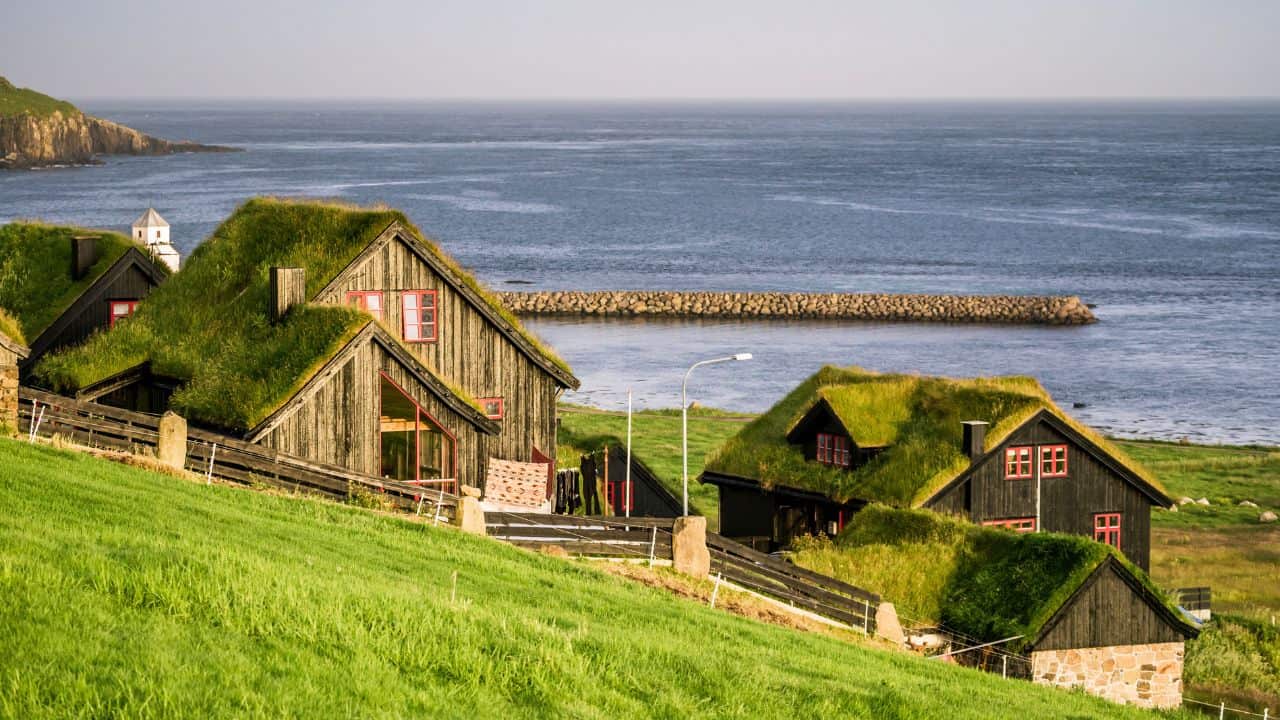Many of the environmental issues that we have today are due to the large-scale cultivation of monocultures, chemicals and synthetic fertilisers which are used in modern, industrial agriculture and farming systems.
What are the problems with modern, industrial agriculture?
Agriculture has a strong impact on:
- Biodiversity loss
- Soil organic matter and quality
- Water reservoirs
- Greenhouse gases
- The nitrogen cycle
- The phosphorus cycle
- Eutrophication
Agriculture is currently responsible for about a quarter of net greenhouse gas emissions
Biodiversity loss: the conversion of natural lands to simplified landscapes means that less species can be hosted. This has intense ramifications for food chains.
Soil: soil matter is an indicator of soil fertility, and through modern pesticides and farming methods, soil matter is greatly reduced affecting the quality and yield of produce.
Water: in areas where there are excessive irrigation, it leads to salinization and imposes considerable risks to people’s health and the environment.
Emissions: global agriculture is currently responsible for about a quarter of net greenhouse gas emissions due to the synthetic fertilisers, machinery, soil degradation and livestock.
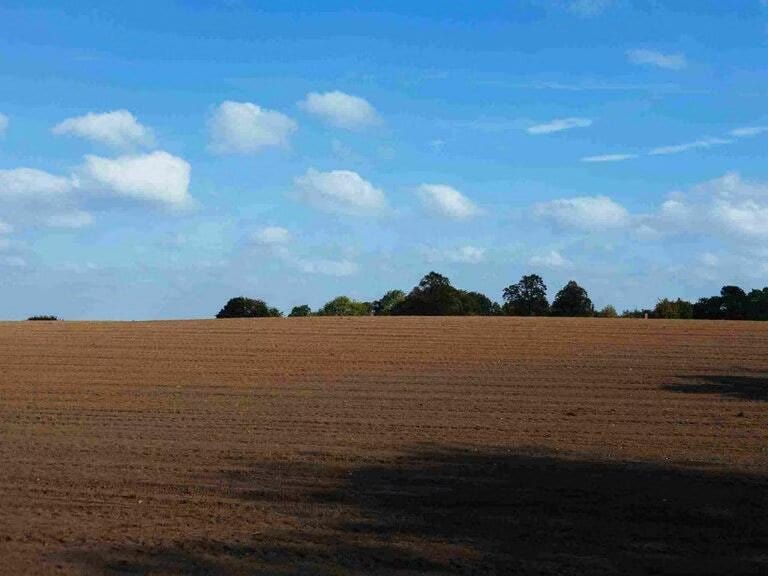
Nitrogen: almost half the amount of nitrogen introduced into the environment is lost in the form of N2O, contributing to climate change as NO2 is 300 times as potent as CO2.
Excess nitrogen results in processes that lead to eutrophication and contamination of drinking water.
Phosphorus: phosphorus is vital to the health of plants, animals and people. Yet, industrial agriculture uses non-renewable, mined phosphate rock as a fertiliser.
Not only is phosphorus decreasing quality, but toxic by-products are produced contributing to chemical pollution and disturbing the global balance of phosphorus leading to eutrophication.
All of these unsustainable methods threaten the world’s food systems and ecological collapse.
However, these issues are not irreversible…
Currently in Europe, farmers apply 4 kilograms of phosphorus for each kilogram of produce
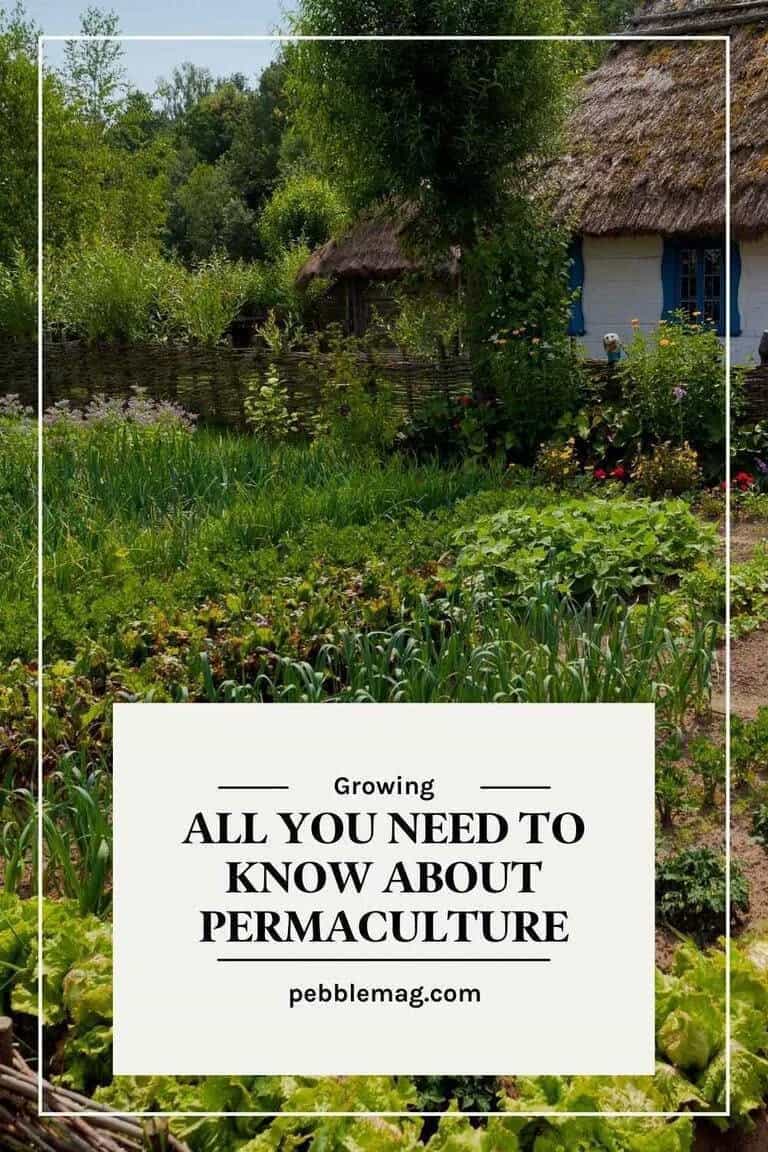
What is permaculture?
Permaculture originated in Australia by bringing together a long history of practises from Indigenous cultures around the world and combining them with western ecology.
According to Permaculture.org, permaculture has three ethics:
- earth care
- people care
- and fair shares
Instead of working against nature, like conventional agriculture, permaculture works with nature and creates multiple benefits with less work.
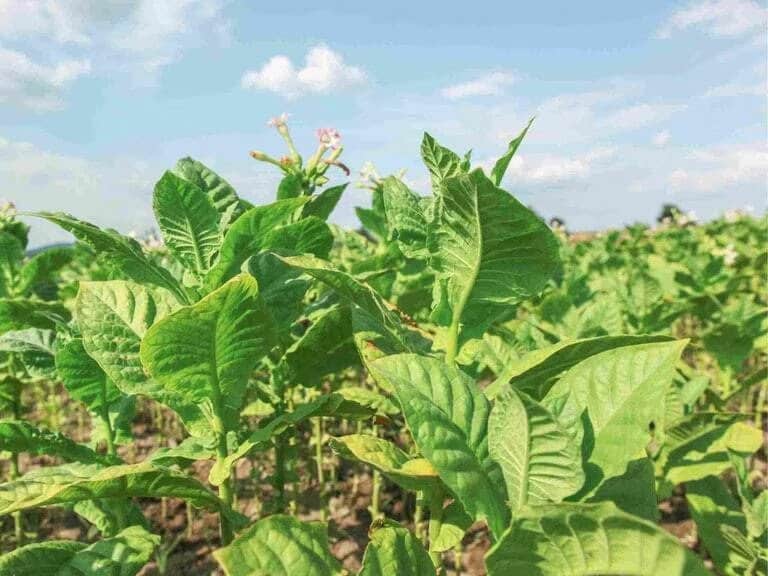
While agriculture focuses on food for human consumption, permaculture integrates an ecological perspective to improve ethics and sustainability.
Pesticides commonly used in agriculture affect all life on Earth and are linked to:
- declining numbers of key insects (like bees)
- soil health (by killing microbes and degrading soil quality)
- inducing numerous illnesses (see Pesticide Action Network UK for more)
Our future, then, depends on using more ecologically sustainable methods of farming – like permaculture.
While the absence of pesticides may sound like organic farming, permaculture also involves larger systems of how farms should be structured, alongside other considerations like waste and irrigation.
Think of it as a systems change for the planet, that works in harmony with the landscape of where you are and the natural resources you have.
Every permaculture designed system will be different, depending on where you live and what you are working with.
What are the benefits of permaculture?
In short, permaculture can:
- Can be utilised anywhere
- Improves soil health
- Increases the amount and quality of food
- Benefits ecosystems
- Helps with faster and better recovery from climatic stress and disasters
- Is cost and time effective
- Ethical and sustainable
- There’s a social benefit too – for food security, women’s rights and community building
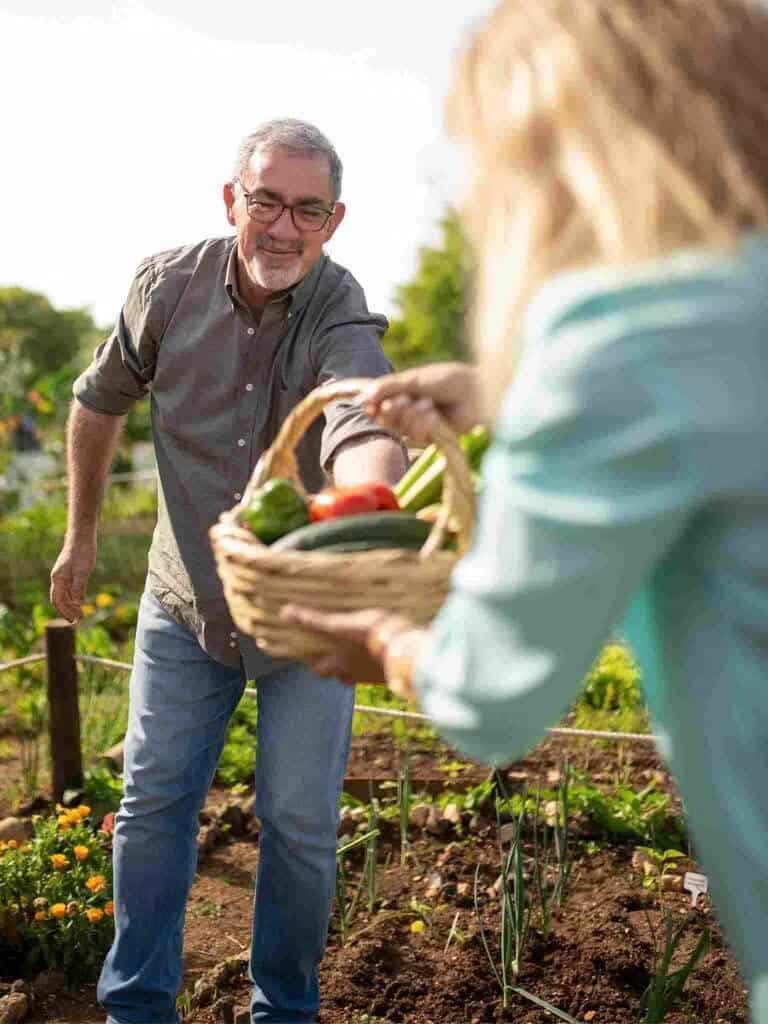
Here’s the breakdown:
By using a series of macro and micro climates, permaculture inspired gardening which promotes biodiversity, soil health and many other positive impacts can be achieved anywhere.
As master gardener Kari Spencer explains, if your macroclimate is a desert, the architecture of your garden could provide shade, moisture and wind, creating your own microclimate.
Permaculture is not time consuming.
In fact, founder of the movement, Bill Mollison, said that it can allow gardeners to work for only a couple of minutes a week with incredible results.
This is because permaculture is about working with, rather than against nature.
Permaculture is also a closed system, defined by Spencer as a system that meets its own needs.
Not only does this mean that less time and energy is used, but also the soil health improves due to the biomass and increased food for microbes.
As the soil health improves it means that the produce becomes more nutrient dense and better for the ecosystem and plant health.
To learn more about soil health, read our article on What is Soil Health?
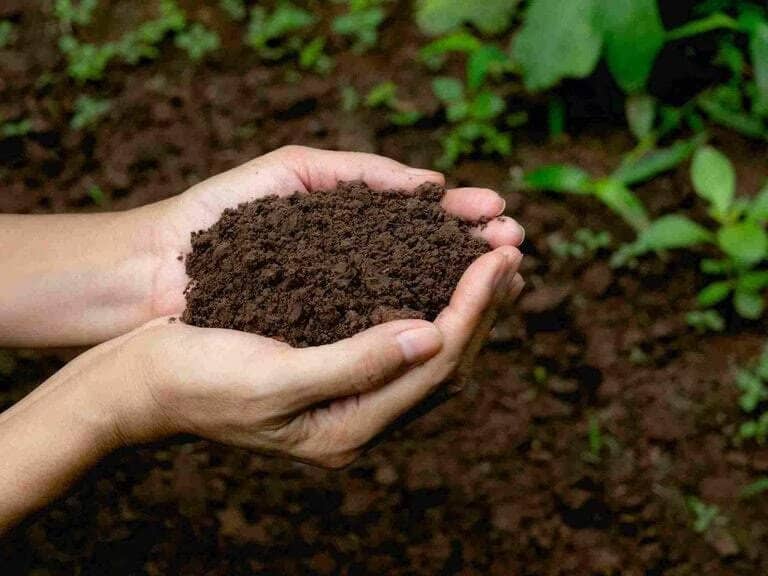
Land that is looked after via permaculture led methods is more resilient to environmental disasters due to the stronger structure of organic matter in the soil.
For example, agroecological practises (ecology applied to agricultural practices) meant that the farmers suffered only a 20% loss compared to the average 50%.
Worldwide the adoption of agroecological approaches has led to an abundance of positive effects on communities, such as personal, physical and mental health improvements, to food security and lower debt.
This livelihood encourages a better social formation.
Permaculture has enabled social empowerment for swathes of people – some examples being women in Cambodia, Brazil and Kenya to name a few. Of course this does not happen automatically, but it definitely has an impact.
Finally, permaculture farmers reduce waste wherever possible by recycling and reusing, creating only positive impacts on the environment.
In nature there is no waste and neither is there in permaculture.
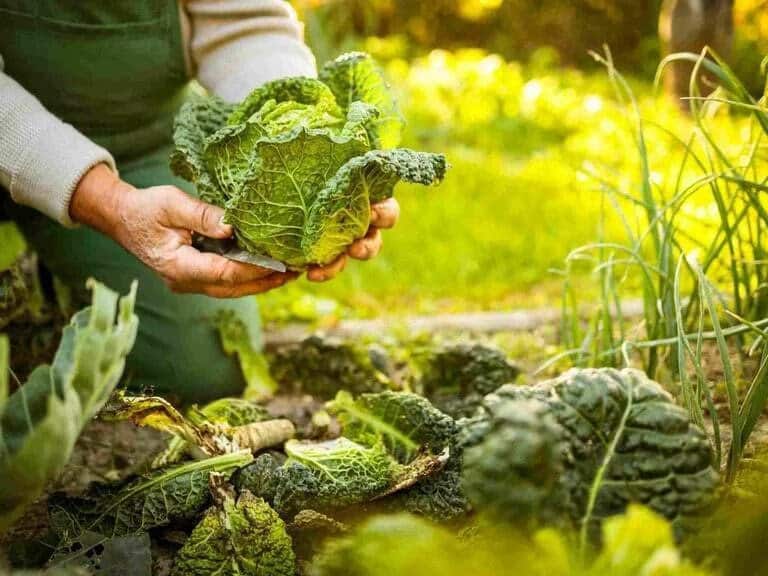
How to implement permaculture into your lifestyle
There are so many forms and variations of permaculture that it will be impossible to cover all of them here.
However, we have detailed some common areas and variations below.
According to PAN UK, the core components are:
- Adapt to local environments
- Ensure good soil health
- Promote biodiversity
- Enhance beneficial biological interactions
- Minimise losses and waste
- Minimise use of non-renewable resources
- Maximise personal skills and knowledge
Want to expand your permaculture knowledge: Think Green: 13 Books to Read On Permaculture
Permaculture in the garden
Take some of these key aspects into consideration when practising permaculture in the garden.
No matter the climate of your garden, you can cultivate your own microclimate to suit your needs and produce.
A key skill to refine is observation and problem solving.
By taking the time to observe your space you can see what works and where, and how to change it to suit the crops you want to grow.
This also encompasses observing animals, insects and other aspects of an ecosystem so as to create the most harmonious garden.
Zoning is one of the underlying foundation of permaculture’s architecture.
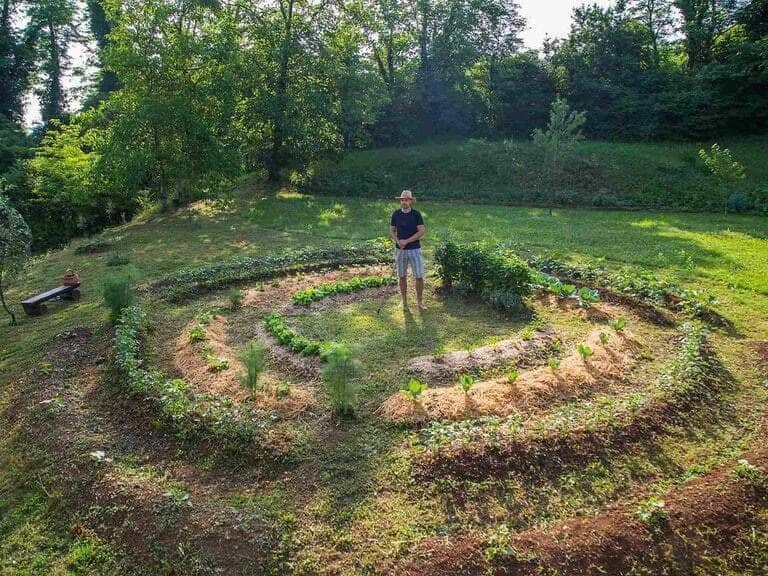
What is zoning?
Zones enable gardeners to prioritise and efficiently use their time.
The inner zones closer to the house are for the plants or livestock that are frequently used or need the most attention, or provide the most joy, with the outer zones housing less demanding life forms and some areas being left to be wild.
To create a closed system with little to no waste involves forms of green energy, composting and water recycling.
No-dig methods of gardening can also ensure good soil health by not disturbing the soil life, and use a variety of methods to make weeds easier to handle (mulching, ensuring no light, and so on).
There are many resources available on the best solutions for your garden, many require some trial and error, but that’s part of the process.
As well as composting for soil health, intercropping (growing two or more species side by side) ensures mutually beneficial growth and this method can repel pests, by creating shade or sharing nutrients between the plants.
For example growing roses and grapes together allows the roses to exude a chemical into the soil that is then taken by the grapes to repel the white fly – which means you don’t need to use pesticides.
Ultimately, permaculture demands small and slow solutions, to truly try and test the benefits for your garden.
Permaculture farming
Permaculture in big scale farming is inherently different to gardening, but maintains the same underlying principles – biodiversity and sustainability.
Let’s take a look at the different forms of permaculture in farming.
What is agroforestry?
Agroforestry is the growing of both trees and crops on the same piece of land, resulting in protecting, conserving and diversity.
Trees are chosen to suit the climate and geographical location.
The use of agroforestry can reduce existing toxicities and even reclaim eroded and degraded land.
Agroforestry only comprises 5% of farming land, yet provides over 50% of the biodiversity found on those lands.
For more on agroforestry, check out 5 Things You Didn’t Know About How Trees Look After Us

What is cell grazing?
Cell grazing is a mode of livestock management; instead of having a traditional single area for livestock to roam and graze which leads to soil degradation, the field is divided into cells from which the livestock is moved every couple of days.
This benefits the soil health as it gives the land time to recover, while the animal waste feeds the soil.
Currently, two thirds of the Earth’s drylands are used for livestock and roughly 12-18 billion tonnes of carbon has been lost due to desertification.
In contrast, 1 billion tonnes of carbon each year is sequestered through appropriate land management including cell grazing – highlighting the importance of soil health.
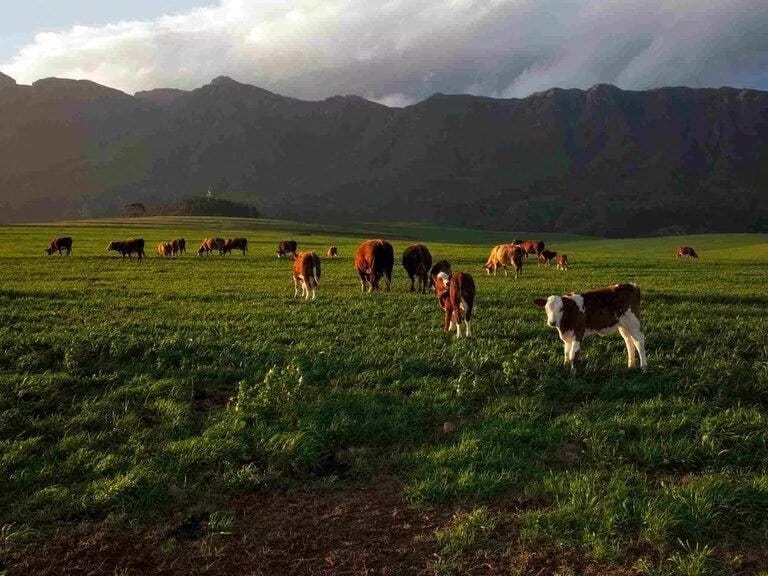
What is mulching?
Mulching is a sustainable way to maintain soil health, retain moisture, deter some pests and create a microclimate.
Mulching is achieved by using wood chippings and other biodegradable mulches and placing them on the surface of soil, often mid-late spring before the weeds germinate.
What is tilling?
Tilling repeatedly loosens and removes plant matter by quickly degrading the soil, killing millions of microbes, disrupting the mycelium network and leaving the soil more prone to erosion.
Many farmers are now opting for no-till/minimum tilling, which improves the soil structure by leaving it intact, helps with moisture retention and ultimately gives higher yields of crops.
Much of permaculture in farming is geared around protecting the soil health, but the systems have a multitude of other benefits.
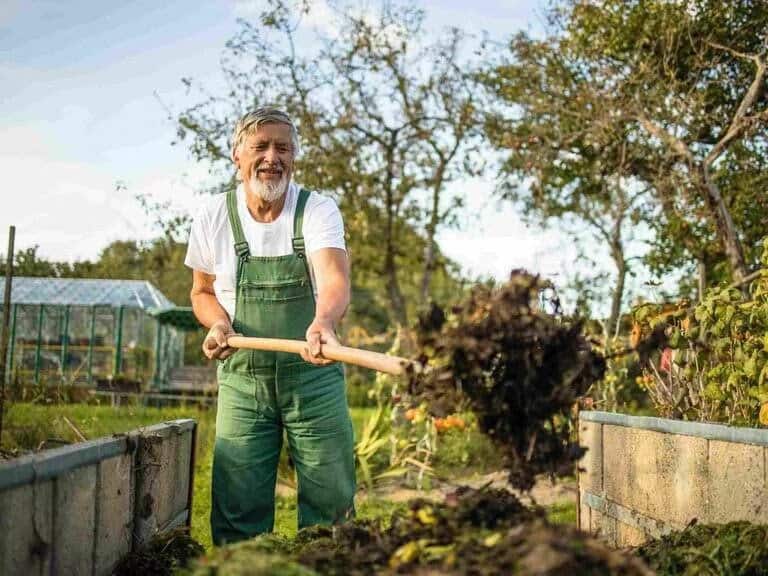
Permaculture in cities
Cities have their own variety of issues before they can become self-sustained or a closed-system.
Waste management is a big issue in every city, yet western cities dump their trash on vulnerable countries who need the income.
Yet there are masses of benefits to developing more permaculture solutions in cities, on top of the ones already outlined in this article.
- Wilderness: growing food in the cities reduces pressure on farmlands and forests by increasing green spaces. Check out our
- Costs: reduces the costs of food due to the lack of transportation costs and food miles.
- Transparency: consumers become more aware of the processes of food production.
- Temperate: greener cities are cooler in the summers and warmer in the winters.
This would also lead to more creative forms of farming and architecture such as the growth of aquaponics, and smarter water systems.
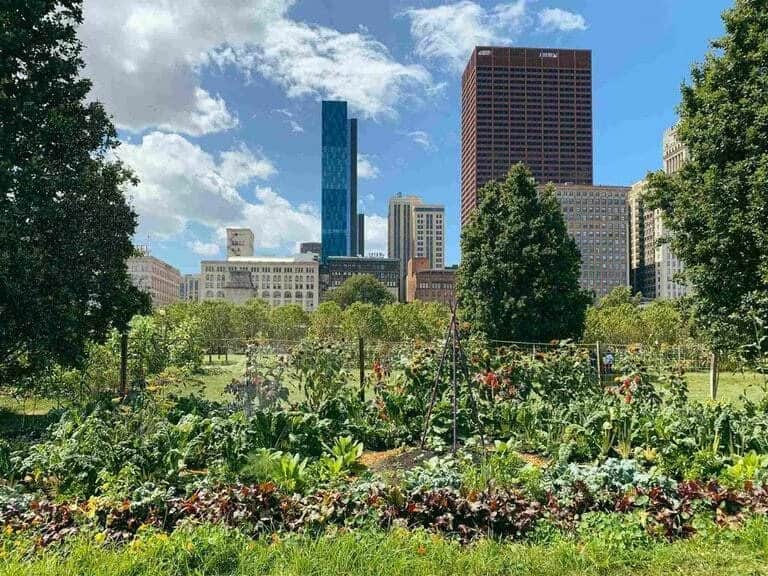
What’s the takeaway?
Permaculture can be done anywhere and takes every aspect of living into consideration – without it being overwhelming or time consuming.
It also offers a more eco-friendly and ethical approach to gardening, presenting hope for a sustainable and ecologically diverse future.
Get a deeper view by choosing one of pebble’s favourite permaculture books
Read more. Do more…
Love growing? Don’t miss some of pebble’s other inspiring content in our Sea Change series, all about Feeding Ourselves.
- Learn more from our explainer What is Soil Health
- Think Green: 13 Books To Read On Permaculture
- Urban Gardening: Our Favourite 10 Guides to Start Gardening in Cities With
Subscribe for free to pebble’s weekly Sea Change series
Let us take you on a journey to learn about soil health, permaculture, regenerative agriculture, growing your own and food systems, with new content, insider tips and book lists released each week until the end of June 2022.
Subscribe to pebble’s Sea Change content now

Take your positive impact to the next level
Join our FREE Ripples community in 2022.
Expect a friendly, virtual community packed with keen sustainable changemakers.
Come to free virtual events, a quarterly book club and meet 1000s of other people interested in growing your own, permaculture, soil health, regenerative agriculture, conservation and generally saving the planet!





